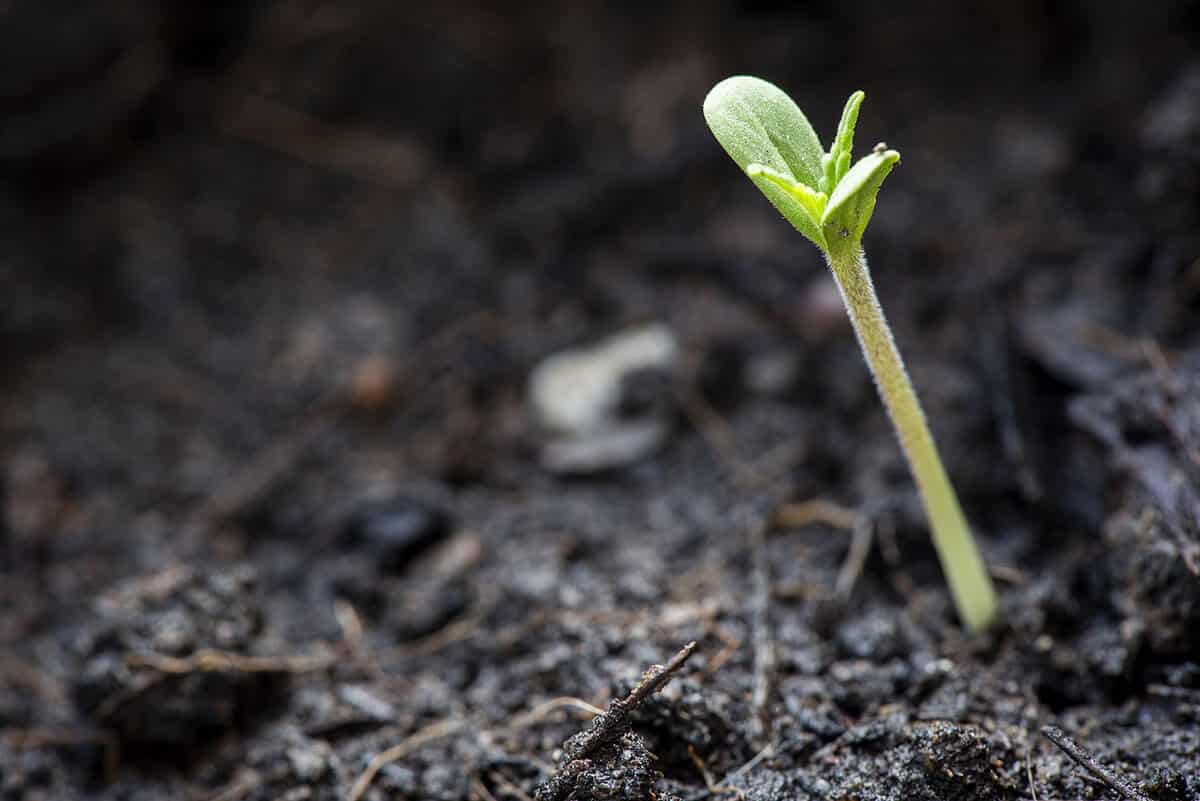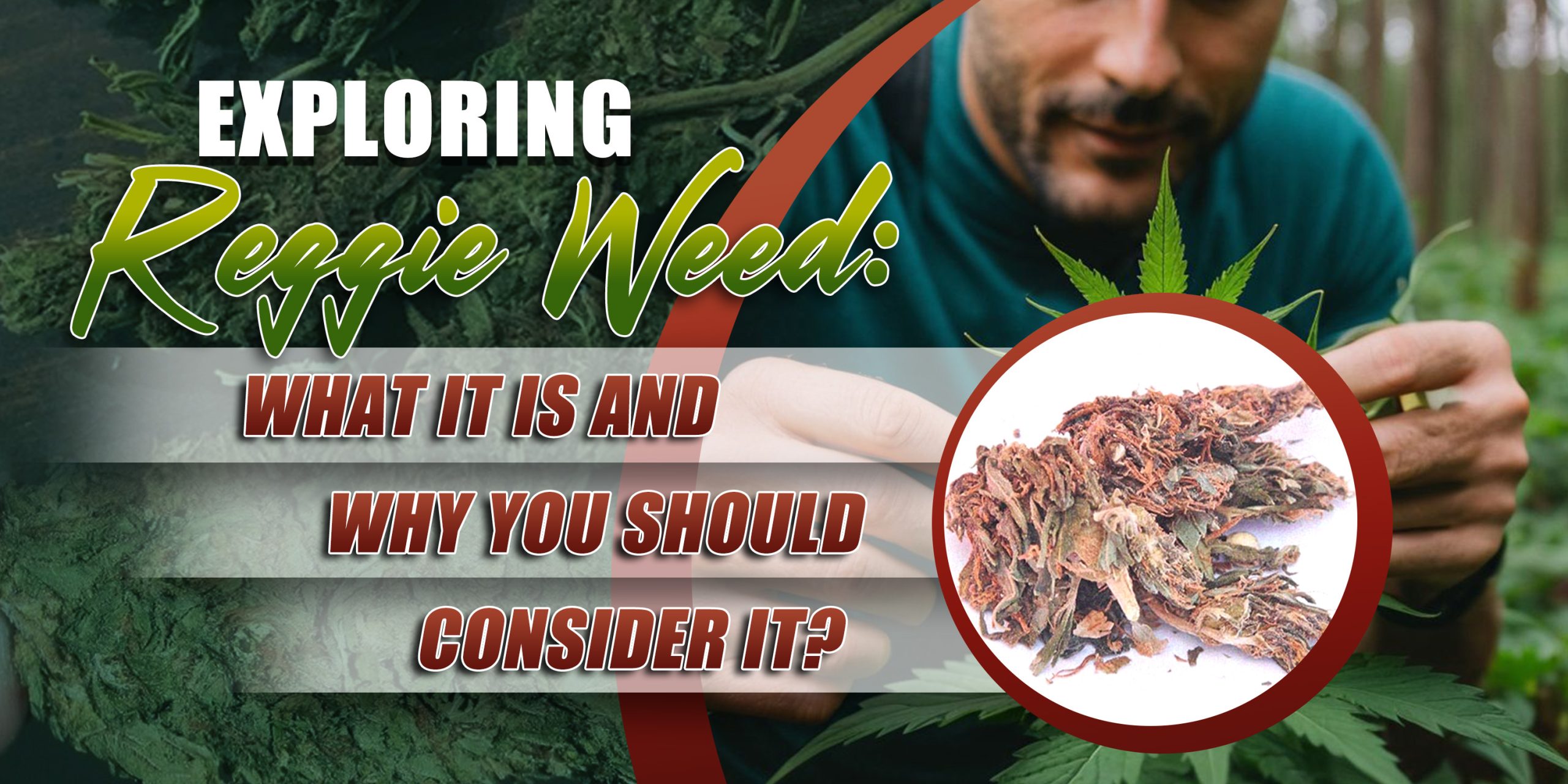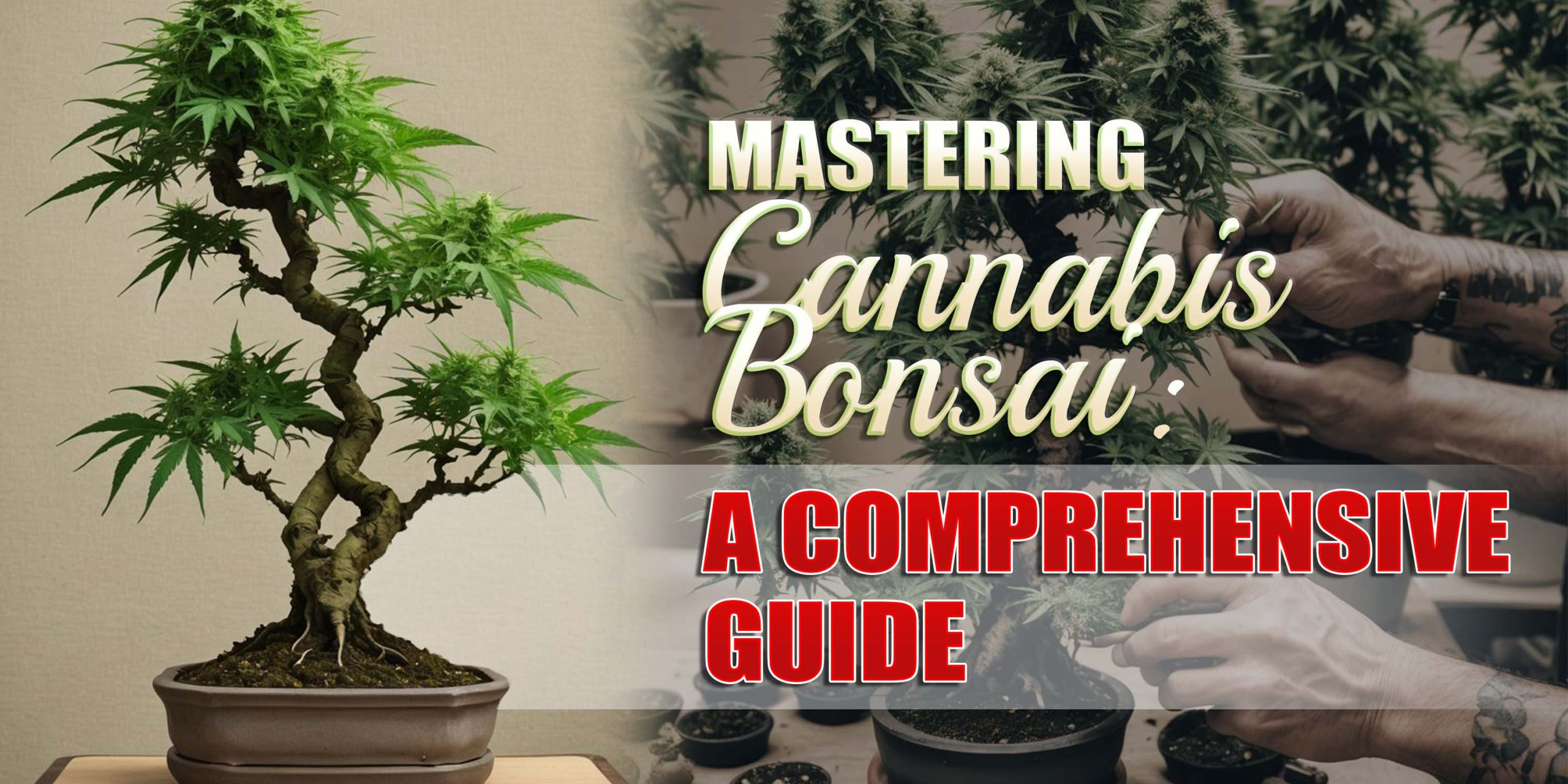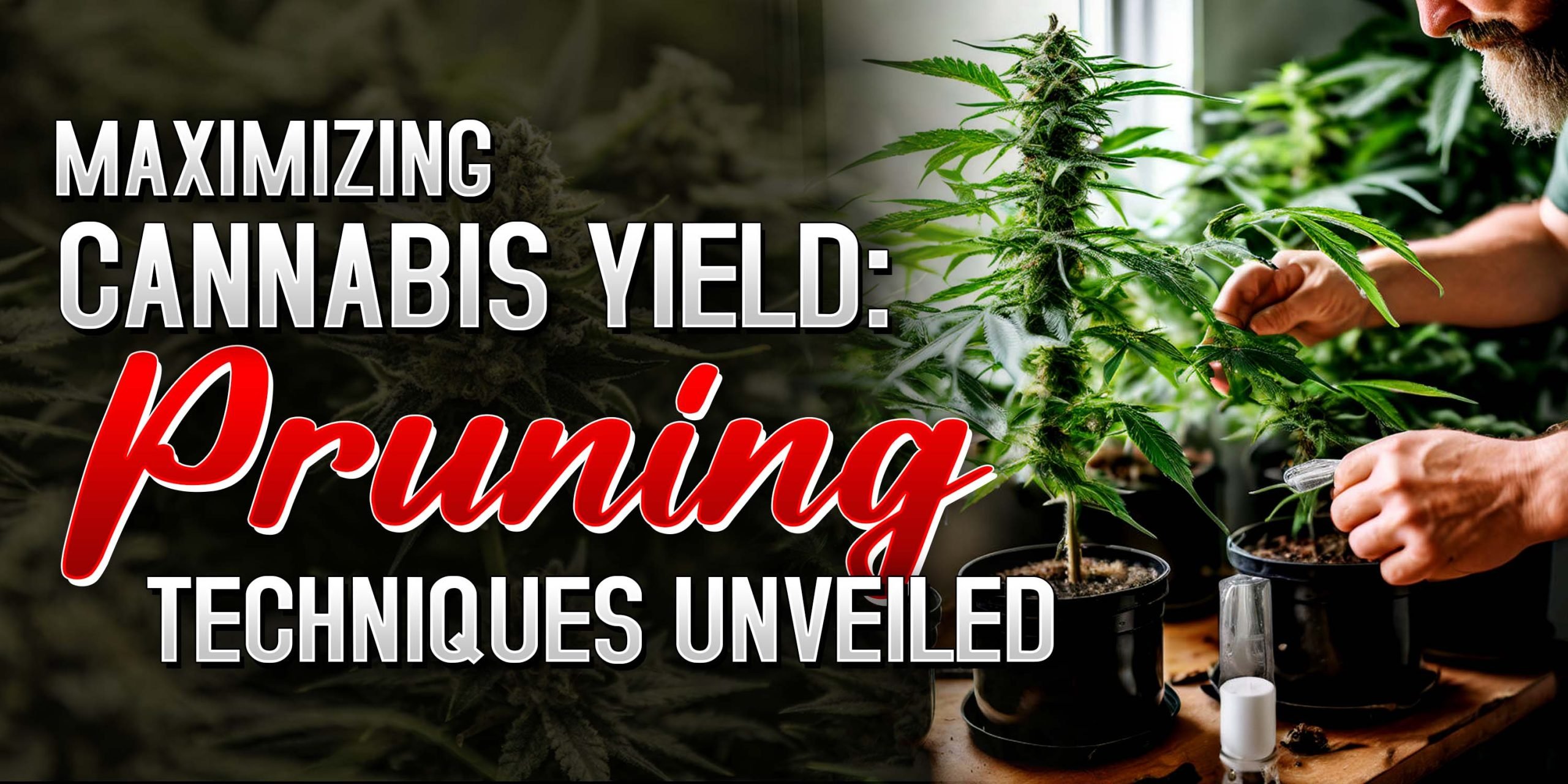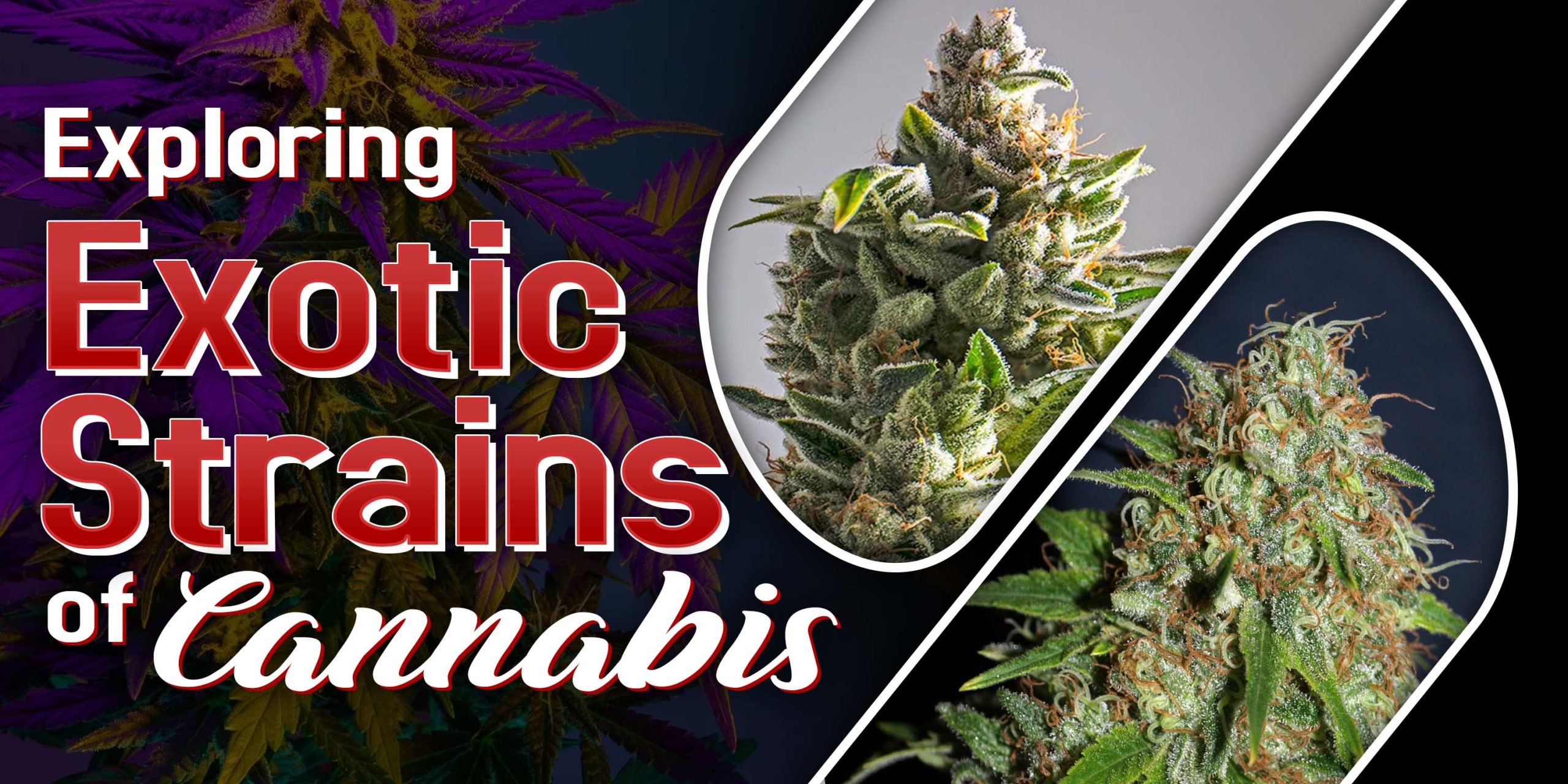After your weed seeds have sprouted, your marijuana plants are officially in the seedling phase. And just like other young plants, marijuana seedlings are delicate and require the best type of gentle care. This is a guide that will help you take care of your cannabis plants during this short but very important phase of a weed plant’s life.
What is the seedling phase?
Cannabis plants have several life stages: the germination phase, seedling phase, vegetative or growing phase, flowering or blooming phase, and the harvesting phase. The seedling phase is a very brief stage of a cannabis plant’s life that takes place 2 to 3 weeks after germination.
During the germination phase, the cannabis seed opens, and the taproot sprouts on the lower end and a pair of leaves called the cotyledons on the upper part of the seed. When seeds are germinated in soil, the seed will orient itself to allow the taproot to dig deeper and to grow more complex roots. Meanwhile, the cotyledons try to take in more sunlight to help the plant manufacture food. During this phase, the weed plant is merely a sprout.
As soon as the cotyledons fall off, a set of familiar, serrated leaves will replace them. This is the beginning of the seedling phase. The seedlings will now grow, not just one pair of traditional marijuana leaves. Also, every growth, the leaves will have more blades: from 1, 3, 5, 7, and so on. Usually, mature cannabis plants will have 5 to 7 blades for every leaf; however, some plants will have more blades.
How can you tell that your cannabis plants are in the seedling phase?
You can tell that your cannabis plants are on the seedling phase when these have reached their second to third weeks of life. Signs that your sprouts have progressed to the seedling phase include:
- The cotyledons (a pair of round leaves) have wilted or have shed.
- There will be new pairs of leaves growing at least every day.
- New leaves will resemble true cannabis leaves with serrated edges.
- The trunk is stronger and harder; the plant is ready to grow more stems and more leaves.
- Although it’s difficult to see and check, the roots are thicker and longer. These are roots coming out of the taproot or main root and have stretched in all directions.
- Seedlings have a healthy disposition, are growing bright green leaves and stems.
- Seedlings will usually try to follow the light source and may stretch towards the light if this is not enough.
Caring and handling cannabis plants during the seedling phase
Now we learn how to properly take care of marijuana seedlings. Take note that this may be a short phase, but it’s a crucial stage of cannabis development. If you fail to take very good care of your seedlings, you may eventually affect the growth, development, and productivity of your plants.
If you’re new to growing cannabis plants, consider cultivating different kinds of strains and learn from your experience. All growers start with a few mistakes, but don’t worry. Marijuana plants are very forgiving and will recuperate from any mistakes if you correct these the soonest.
Handling and growing tips for marijuana seedlings
1. Start sowing in large pots
We recommend starting every grows in large pots. Why is this so? Because cannabis plants will outgrow a small growing container such as a party cup or a small growing pot quickly. Most beginners will start their seeds in some soil in a small cup, but sadly, it can take only a few weeks for the roots to develop into a thick ball and outgrow the container. If you overlook this, your seedlings will become very stressed and may result in poor growth and development.
There are different pots to choose from: clay pots, porcelain pots, plastic pots, and fabric pots. You can also reuse containers like empty food containers or packaging containers as long as you clean them well and install drainage holes at the bottom.
Consider many aspects of selecting growing pots. Take note of size, transportability, and safety. Your growing pots must be at least 5 or more gallons large, easy to take anywhere, and should be safe to use for plants and humans.
2. If you started in small pots, transfer in large pots soon
But if you make the mistake of growing in small pots, transfer your young plants as early as you can. Transplanting seedlings may seem like a simple thing, but in truth, it’s very stressful to plants. This is why, as much as possible, we try to avoid transplanting by sowing seeds in large pots.
Transplanting must be done with great care WITHOUT TOUCHING THE TAPROOT. The taproot is very fragile and can easily snap off if the plant is stressed or if you’re not careful! So as you move your plant from a small pot to a large pot, take care not to stress it.
To transplant a seedling to a large pot, consider the following steps:
- Prepare the large pot by placing soil in it. Consider soil that’s meant for growing cannabis such as sandy-loamy soil.
- Create a hole in the middle enough to place the seedling in with enough space on the top of the planter. Water the soil with distilled water or clean, pH-balanced water. Apply water until it drains out of the drainage hole.
- If you’re using plastic or paper cups, carefully press along the sides of the cup to loosen the soil. Slowly take the plant out of the small cup but don’t pull on the trunk. Never touch the roots.
- Place the seedling in the soil and add more soil on top. Water the soil again and let it drain from the drainage holes.
- You have successfully transplanted your cannabis seedling to its new pot. Place the new pot under strong light about 20 hours light and 4 hours darkness (20/4).
3. Handle with extra-TLC
Cannabis seedlings need extra care, especially when the seedlings are grown in pots and left outdoors. Although seedlings require strong lighting at this phase, we recommend placing your plants in a shaded area in your garden. If you have a patio, then this will suffice. To move your plants, hold the pot with both hands and move it slowly.
Aside from shading your plants from direct light, keeping it in the shade can help avoid strong winds and rain. You can also hide your plants from suspecting neighbors. Some growers prefer growing cannabis seedlings inside a greenhouse as this keeps plants from direct light, wind, and pests.
4. No stress
Transplanting seedlings from a small container to a large one is very stressful, and thus, you must do all you can to minimize stress. Many factors can cause stress to cannabis plants. These are the following common stressors:
- Transplanting
- Underwatering and overwatering
- Extreme heat or cold
- Drastic changes in temperature
- Lack of lighting
- Humidity
- Pests and molds
- Very early plant training
5. Adequate lighting is a must
Light is life to plants, and seedlings are very sensitive to light. Young plants follow the light source as they grow, and if you don’t provide enough light, seedlings will stretch to reach the light.
When this happens, the plant’s stem will grow thin, spindly, and weak. Even if you correct lighting in your growing area, your plants won’t return to their regular sizes. This stretching can stress plants and will affect their growth and overall development.
To prevent stretching, provide correct lighting early on. The ideal lighting at this stage is LED lighting, as this type of lighting provides intense light without burning your seedling’s leaves and making the growing area too hot.
LED is the best type of lighting at this early stage as it’s also the most economical of all types of lighting. LED burns longer, so you don’t need to change your lamp as often as you need to. When to switch to a more powerful lighting system? After your plants have grown stronger branches and stems, you may now start your plants to a more intense CFL or HPS lighting.
6. Keep mold, pests, and disease away
Molds, pests, and common plant diseases can also stress seedlings. Molds grow in dark and damp environments. When you overlook dark and damp places in your growing area, molds can instantly develop, and in just a short time, your plants may be overrun with mold. Therefore, it’s best to control moisture and provide adequate lighting in your growing area. Monitor your plants daily, and at the first sign of mold, deal with this at once.
Pests like spider mites, crickets, grasshoppers, thrips and caterpillars can wreak havoc during any phase of a marijuana plant’s life cycle. Usually, seedlings that fall prey to pests have no chance of survival. Therefore, you must always monitor your plants against pests or, as much as possible, cultivate your plants indoors or inside a greenhouse to minimize pests.
Most cannabis plant diseases are caused by microbes found in soil. This is why it’s always best to start every grows with new, fertile, high-quality soil.
7. Not too much water for tiny roots
Cannabis seedlings are still yet to grow bigger and stronger and thus have very thin and tiny roots. So, keep watering to a minimum and just water as necessary. Water until the soil becomes moist. Monitor your plants and check if these are properly drinking. And re-water when the soil is already dry and not when it’s still moist or wet.
Use distilled water or pH-balanced water to water your plants. This type of water makes it easier for nutrients in the soil to be absorbed by plants. Tap water is okay for cannabis but makes sure that your water source is not from a well with high mineral content. Do not use rainwater if you live in a place where acid rain is common. Also, room temperature water is the best, not too warm and not too cold or freezing.
8. Training can start around the vegetative stage
Plant training is conditioning a plant to control its growth and yield. Growers prefer to do this early as it’s easier to control a plant’s growth during this time. Training should be done during the early weeks of the vegetative stage or when a plant has grown its 4th to 5th set of new leaves.
The most common training technique for cannabis plants includes topping where the topmost node is cut to create two nodes and fimming to create four nodes. Other methods are the sea of green or screen of green methods, which also controls the growth of the plants and allows more light to shine on the different potential bud sites.
So remember, train only when your plants are stronger, which is during the early weeks of the vegetative stage.
9. Delay feeding
Feeding should also be delayed until your plants are actively in the growing phase. Seedlings can get all the nutrients they need from the soil. Adding more nutrients may no longer help your plants and may even do more harm than good.
10. Growing seedlings in hydroponics
Hydroponics is growing your plants in a soilless environment. Your cannabis plants’ roots are fully submerged in water, where it can absorb all the nutrients it needs. There are many advantages to growing in hydro. You don’t need to worry about missing your watering schedule or feeding schedule, and you can monitor your plants’ health better as you can easily check from the roots to the tips.
But there are some disadvantages as well. Seedlings are prone to nutrient imbalances as you may apply too much or too little nutrients.
Now that you know how to handle marijuana seedlings, you are now able to support your young plants during this crucial stage. And remember, healthy and stress-free cannabis seedlings make a happy and productive marijuana plant.





